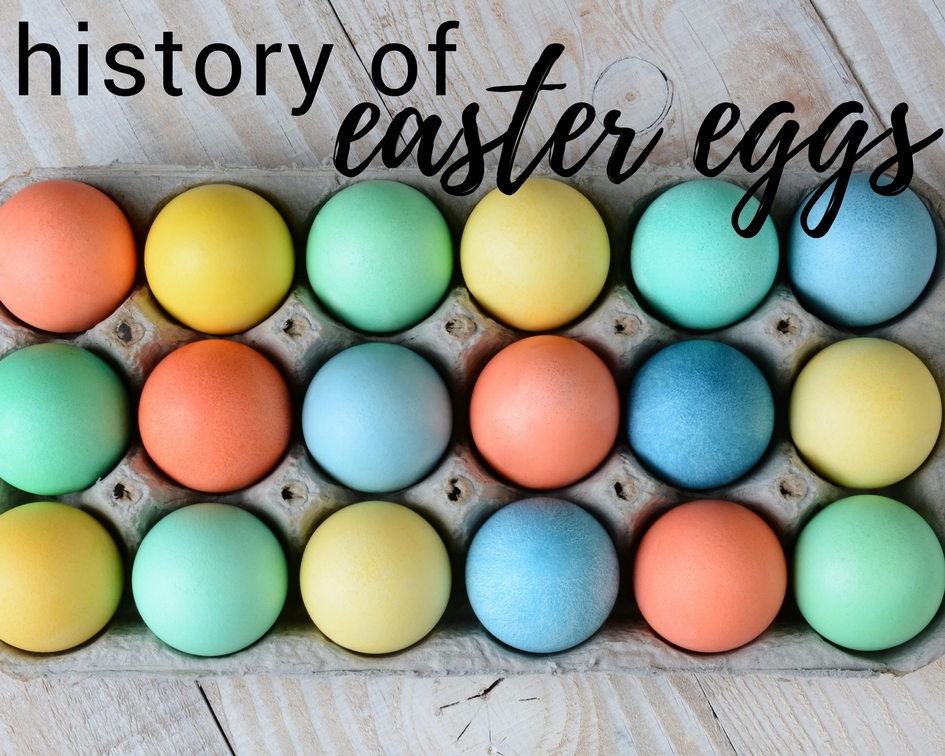Ever wondered why we eggs are such a central part of celebrating Easter? Well, there actually is a much better reason than our love for candy or cream-filled eggs. It is a tradition steeped in history.
Dating back to the Egyptians, Persians, Phoenicians, and Hindus, the egg was a symbol of new life and birth. As Easter is in the spring, it was viewed as the celebration of Earth’s renewal after a cold and long winter. Easter’s name is taken from Eostre, Ostara, Eostur, Eastar, and Ostar, which all mean the season of growing sun and new birth; making Easter and eggs a natural fit.
Eggs also came to represent the resurrection of Jesus, which helped to strengthen the connection between Easter and eggs. New customs made this bond even stronger. In a tradition dating back to Mesopotamians, eggs were dyed red to remember the blood of Christ on the cross. Also, in the famous “Easter Egg Roll,” the egg represents rolling away the stone from Christ’s tomb. A third custom that connected Easter and eggs was by Christians giving up both meat and eggs for Lent, marking Easter as the first day to enjoy both after a long absence.
Decorating eggs can be dated back over 60,000 years to North Africa! These ancient spring rituals included decorating ostrich eggs using dyes, onion skins, flowers and leaves to create patterns and colors on the shells. The tradition continued to grow through the centuries, such as Eastern Europeans using beeswax to create patterns called Pysanky (Ukranian Easter Eggs) and Edward I of England’s 450 gold-leafed eggs for Easter gifts. Today we use a little bit of everything to decorate Easter Eggs! Click here for some Easter Egg decorating ideas.
Throughout the years other Easter Egg traditions have emerged. From Easter Egg hunts (click here for some fun ideas for hiding Easter eggs) to the famous White House Easter Egg roll to European pace-egging. Similar to Trick-or-Treating on Halloween, pace-egging is when children go house-to-house begging for eggs, these traditions have deepened the connection between eggs and Easter.
While eggs are the symbol most synonymous with spring and Easter, other symbols have been connected to the holiday as well. Bunnies, baby chicks, and lily flowers are also symbolic of rebirth, making them natural fits for spring. Another Easter symbol is the Easter Bunny. Since the rabbit is a token for fertility, the Easter Bunny helps to represent new life and birth in spring. Learn more about the Easter bunny and other Easter traditions here!
